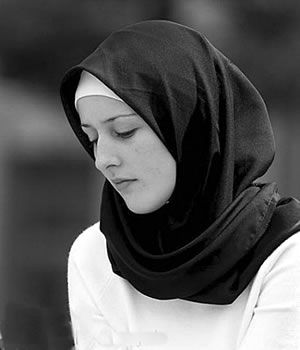The style of Islamic dress, although based on privacy and diffidence with loose fitting dress designed to honor the religion by covering the female body in a modest manner, can still result in very attractive dress. Bold colors and bright designs in addition to comfortable nevertheless fashionable fabrics serve as a great means of updated style for the traditional, yet modern woman dress of the Islamic faith.
Hijab is the word used in the Islamic context for the practice of dressing modestly, which all practicing Muslims past the age of puberty are instructed to do. Wearing a hijab and the way you wrap hijab is an art. A Hijab can be worn in so many Trendy or Traditional ways. Hijab styles vary by fabric, colors and prints, and by methods of wrapping. Hijab may include a scarf and an underscarf. Hijab may reflect your personal color and print preferences. Colors may complement the seasons or an occasion’s formality. Pins can adorn hijab as they hold fabric in place.
Hijab as a part of dress is a controversial issue. Aside from gender equality problems, hijab laws vary from one Muslim society to another. Saudi law requires women to wear hijab, full-black cloaks, and face veils with two slits for eyes. Other countries are less strict.
Hijab is a part of Muslim dress and in some countries it is a in the law but many countries are less firm.
Hijab is a part of Muslim dress and in some countries it is a in the law but many countries are less firm.



